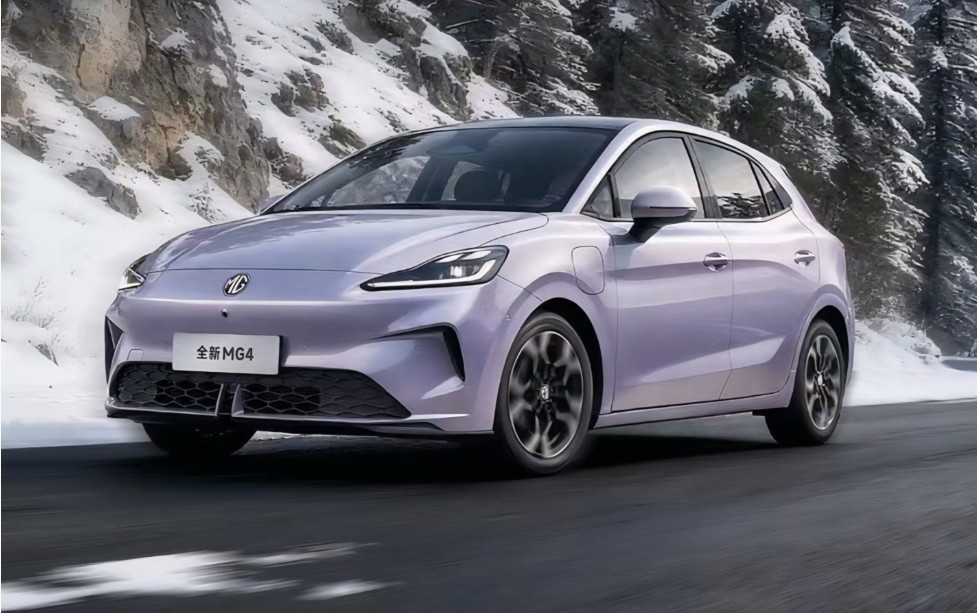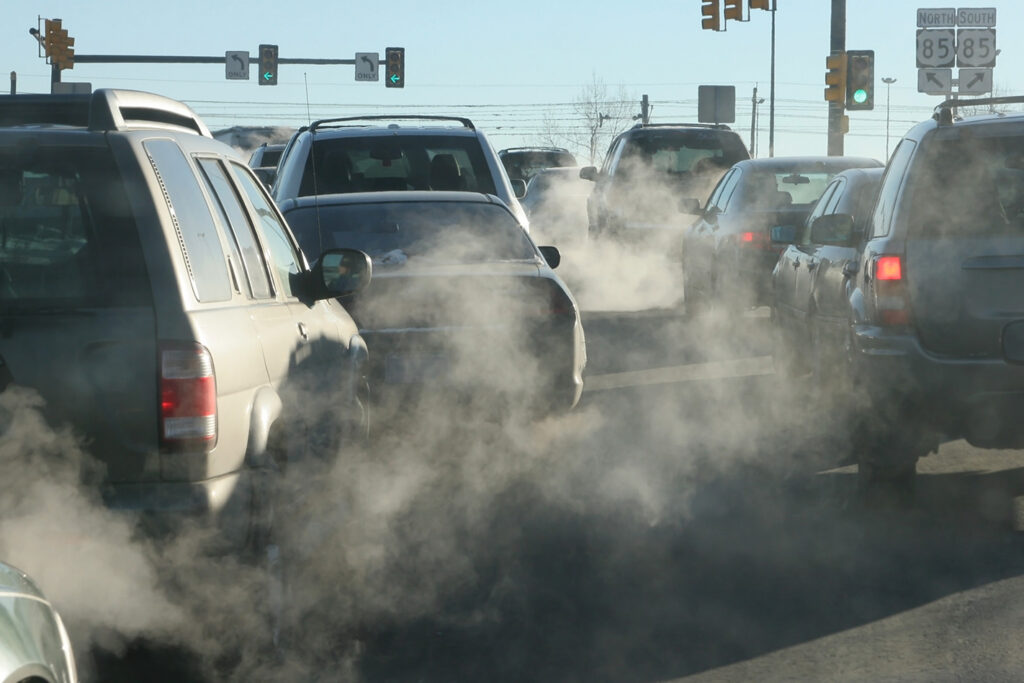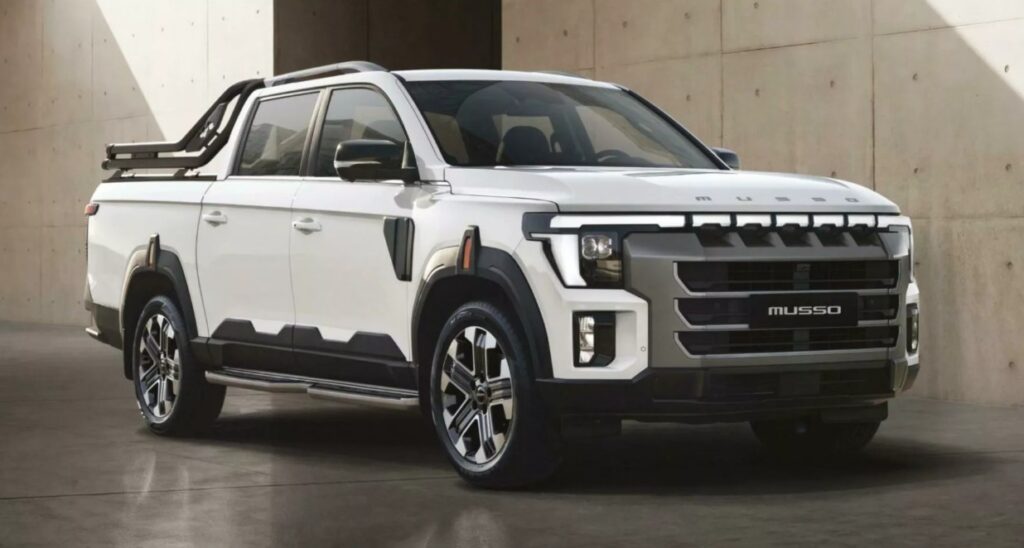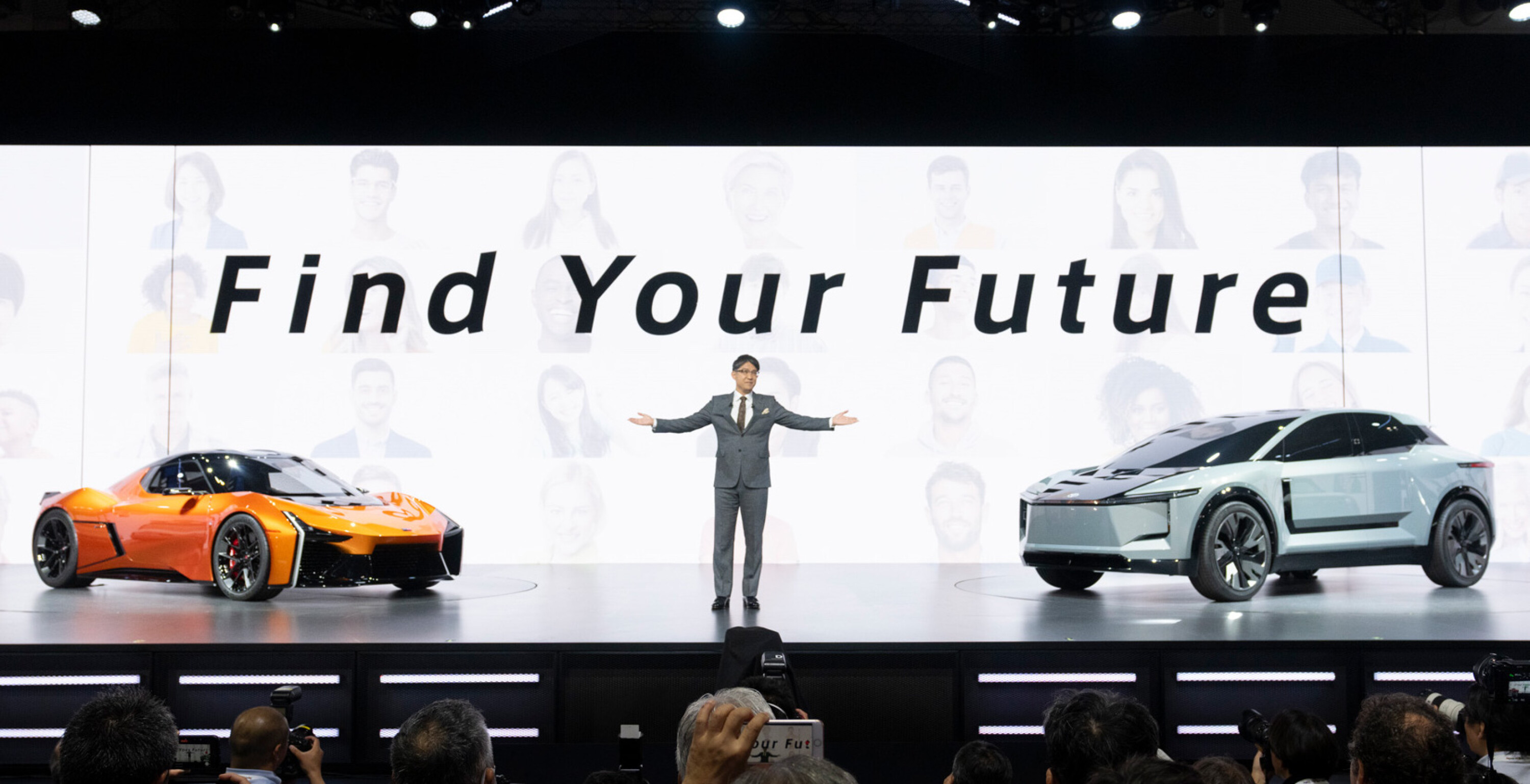
Snapshot
- Toyota Australia boss defends slow EV transition
- Brand’s approach won’t leave the ‘Silent Majority’ behind
- Promises diverse range of powertrains are the answer to decarbonisation in the long term3
“The overwhelming sense, and it’s a sense of pride, that I took out of the Toyota stand was that we truly are invested in the right areas, and I think ours is the correct strategy”, Toyota Australia vice president sales, marketing and franchise operations told Wheels after a whirlwind two days at the Japan Mobility Show.
“It won’t always be the most popular direction to offer diverse powertrains because people are getting heavily involved in a quick fix to zero emissions that just won’t suit the world”, he added.
Toyota is the world’s biggest carmaker, notching up huge sales both at home in Japan (where it accounts for nearly 50 per cent of the market) and in Australia where market share regularly sits above 20 per cent.
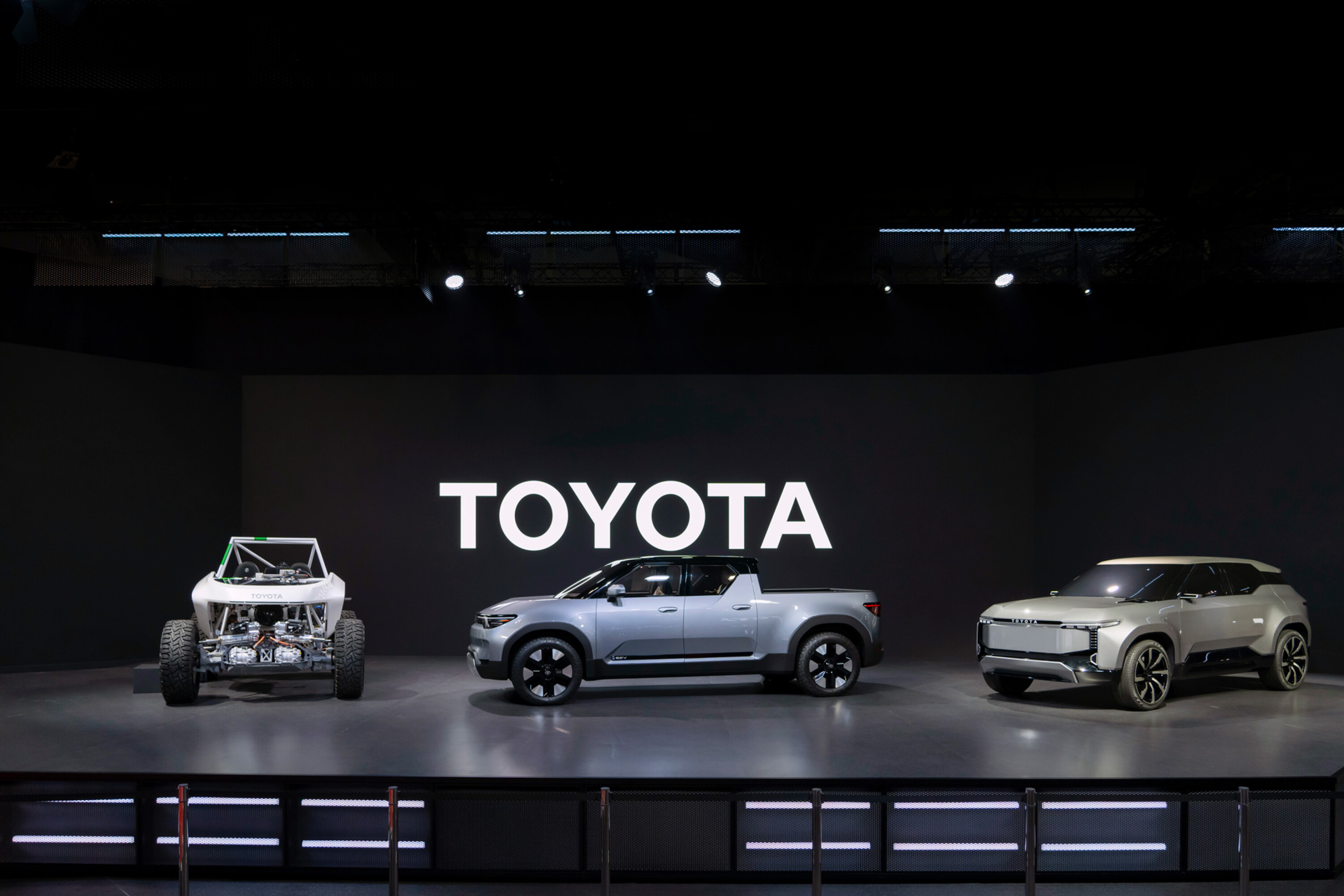
While the HiLux, RAV4, and LandCruiser nameplates drive Toyota’s sales, there’s a car for every budget and most are available with a petrol-electric powertrain. Toyota’s studies have shown that the benefit of one pure EV is equivalent to 90 hybrids, so it argues the contribution made since the Prius’ October 2001 release in Australia is significant.
Hybrids are certainly a start and slip easily into everyday life while emitting about half the CO2 emissions of an equivalent petrol car. Toyota Australia has sold about 350,000 hybrids which, by its calculations, is equivalent to the CO2 reduction of selling 3889 pure EVs.
“Our strength has always been our product offering. We’re a global company. And we operate in many, many markets… and we’re also a company that recognises that each country will have different needs. I mean, Canada’s [needs are] different to Australia’s, the US has different needs to Australia. Australia and New Zealand may be close – and we’re good friends – but we’re both different in the way we use cars to what they do in the Middle East – and we’re not Europe”, says Hanley.
Hanley’s point is backed up by sales figures. The two most popular vehicles month-in, month-out are the Toyota HiLux and Ford Ranger. Predominantly diesel-engined workhorses that fulfill a role for Australian buyers – owners of these (and other light commercial vehicle) are what Hanley calls The Silent Majority for whom he believes EVs don’t currently work.
“When we talk about the silent majority, we’re talking about the people that typically buy HiLuxes or other utes, not just ours. We’re talking about people who buy Prados and other medium-sized SUVs, we’re talking about people who buy large SUVs – not just Toyotas. And when you add those people up, that’s a hell of a lot of Australian motorists”.
Sean knows the limitations of the BZ4x – Toyota’s first EV. It’s not an off-roader with big towing capacity. “Some will say they’ve got [adequate towing and range] or that it’s coming. Well, I ask you, what are you going to say to a large SUV buyer who tows 3500kg, and needs to go 600-800 kilometres a day?
“If we go just BEV tomorrow, or even by 2025 – we’re not, we’ve never said we will but hypothetically if that was what one had to do – then you have nothing for those people.”

“We’re not always the first to market, on most things, but when we do arrive in the market, we produce a very good product that is supported by our DNA, which is QDR: quality, durability, reliability. And if you add BEV, it’s probably QDRS: quality, durability, reliability safety”, said Hanley defending Toyota’s unhurried EV roll-out.
“I think Toyota’s real strength will arrive in the later part of this decade. And I think the reason for that is everything you’ve seen or over the last 24 hours, even at the battery factory… you’re seeing multiple investments, millions and millions of dollars. And crucially you’re seeing investments that just didn’t turn up in the last two years.
“This has been going on for a long time. And a lot of the fruits of those investments, and the foresight of great leaders of Toyota, will be recognised towards the end of this decade, meaning [Toyota] truly has transitioned, meaning they’ve left a great legacy for those that come after us”, Hanley added.
Regardless of Sean’s take on how Australian consumers will react to the three EVs due here by 2026, Toyota’s global strategy has embraced battery-powered vehicles.
Hybridisation of light commercial vehicles seems to be the short-term solution followed by investments in hydrogen post-2030 but you only need look at the five production-intended concepts on stage to know that, under Koji Sato, catching up on the electric side is Toyota’s aim for the next five years.
When asked if Toyota’s old Sleeping Giant tagline was one he thought fitted again, Hanley said: “We’re a car company that never takes our position for granted. I think we’re quite a humble car company in many respects. I think the Sleeping Giant’s never been asleep – it just doesn’t choose to do aerobics every day.”
We recommend
-
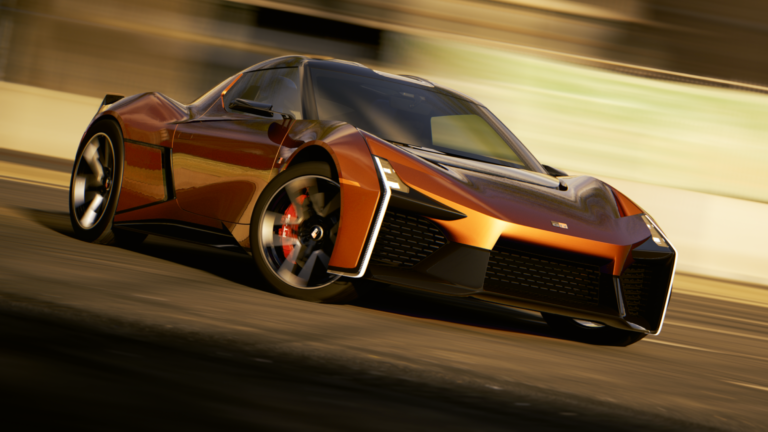 News
NewsToyota at the 2023 Japan Mobility Show: Next-gen electric cars previewed
The Toyota stand was predictably bustling as the brand changes tack to a BEV future
-
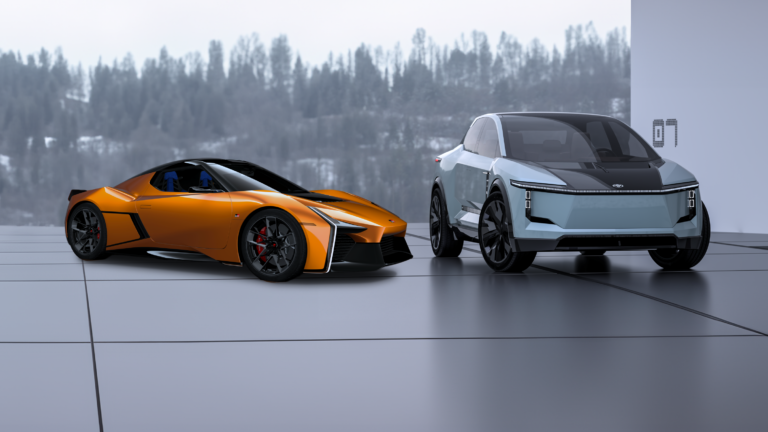 News
NewsToyota FT3E SUV & FTSE coupe: Electric concepts revealed
Toyota follows up its electric LandCruiser and ute concepts with a new RAV4-sized EV and a compelling GR-badged electric coupe


